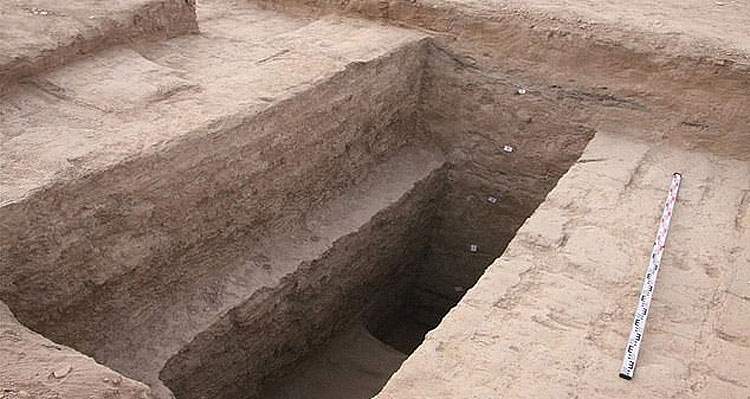Iraq, 4,000-year-old city discovered; may be capital of an ancient kingdom
In Iraq, a team of Russian archaeologists from the Institute of Archaeology of the Academy of Sciences has discovered a four-thousand-year-old city that may be the ancient capital of a kingdom formed following the political upheavals that marked the end of the Paleo-Babylonian period. The city is located in Dhi Qar Governorate, and specifically in the Tell al-Duhaila area, an area once occupied by Sumerians (this is where, for example, the Ziggurat of Ur is located). The U.S. newspaper Al-Monitor, which specializes in reporting and analysis on the Middle East, reported the news. “The excavation,” archaeologist Alexei Jankowski-Diakonoff (head of the mission) told the newspaper, “began in April 2021 and represented the first full cycle of archaeological field research in southern Mesopotamia.” The first two phases of the research took place in 2019 and 2020.
According to Jankowski-Diakonoff, the discovered city was an important urban settlement that may have been founded around the middle of the 2nd millennium B.C. after the end of the Paleo-Babylonian era, which “caused the systematic destruction of the urban life of the Sumerian civilization.” According to the archaeologist, the discovery could make it possible to fill a hitherto blank page in the history of the oldest civilization on the planet. Indeed, it opens up opportunities to learn more about these civilizations, as well as to “find cuneiform documents in an undisturbed archaeological context, which will be extremely important not only for Russian scientists but also for Mesopotamian archaeologists. ”The mission also discovered an ancient harbor and the remains of a temple wall about 4 meters wide.
Amer Abdel Razak, director of antiquities at the Dhi Qar Governorate, told Al-Monitor that “The discovered city is located 70 kilometers southwest of the city of Nassiriyah, in the Sulaibiya Depression, which is home to a large number of unexcavated archaeological sites.” According to Abdel Razak, the site was already known before the Russian mission arrived, and already registered by the Department of Antiquities in Dhi Qar as a site of extreme interest. However, the Russian mission was able to make important discoveries. “Soil surveys,” he added, “showed that the site dates back to the ancient Babylonian era. However, the mission believes that it could date back to even earlier eras, given the pieces of pottery and statues of camels and other animals that were found at the site.” Now, Abdel Razak says, Dhi Qar is expecting visits from international universities and museums in October: there will also be Italian, American, French, and British missions traveling to explore the area.
“This recent discovery is of paramount importance,” said Gaith Salem, professor of ancient history and civilization at Al-Mustansiriya University, “because it introduces to the world one of the Sumerian cities overlooking seaports. Most of the cities had a view of the sea, but today it has turned into a vast desert.” However, systematic development work is needed in order to study and enhance the complex. And in this regard, Sumaya al-Ghallab, chairwoman of the Iraqi Parliament’s Culture, Tourism and Antiquities Committee, told Al-Monitor that she has asked the parliament to “secure the necessary funds and protection for the excavation teams, and to follow a strategy for an excavation and research process that covers the entire archaeological map in Iraq.”
 |
| Iraq, 4,000-year-old city discovered; may be capital of an ancient kingdom |
Warning: the translation into English of the original Italian article was created using automatic tools. We undertake to review all articles, but we do not guarantee the total absence of inaccuracies in the translation due to the program. You can find the original by clicking on the ITA button. If you find any mistake,please contact us.





























